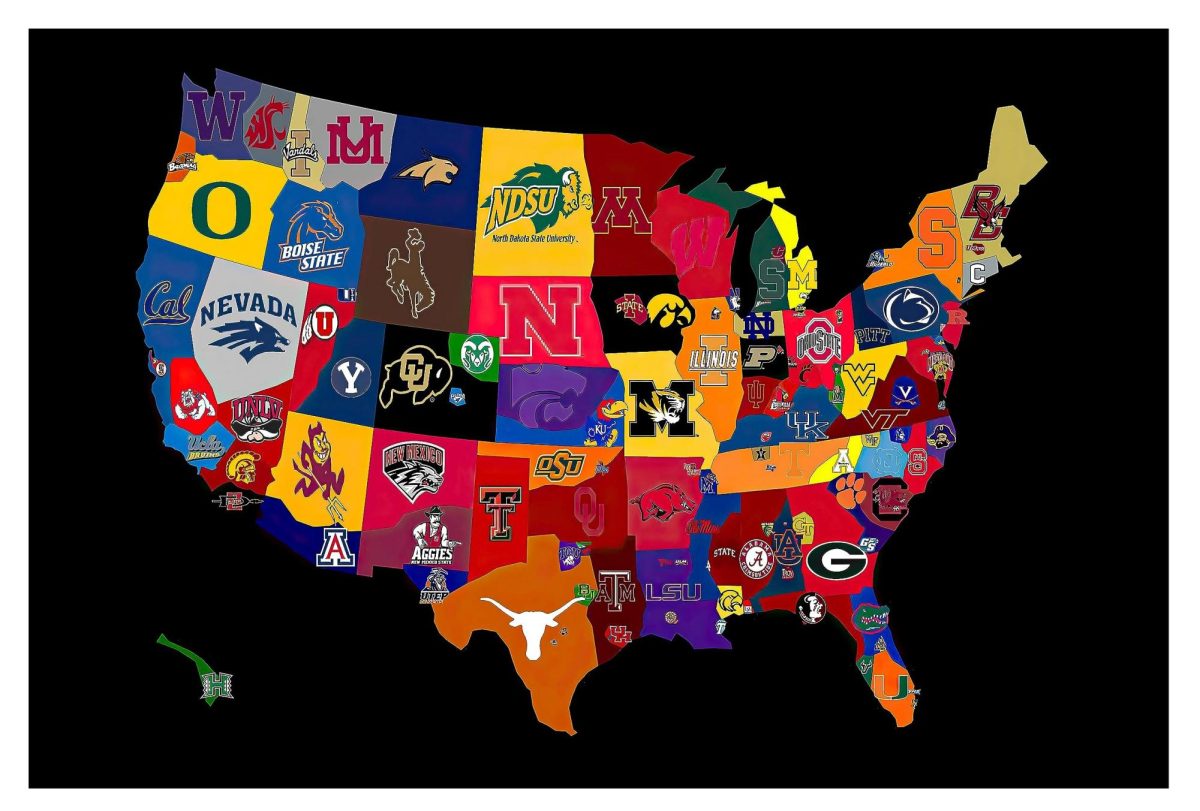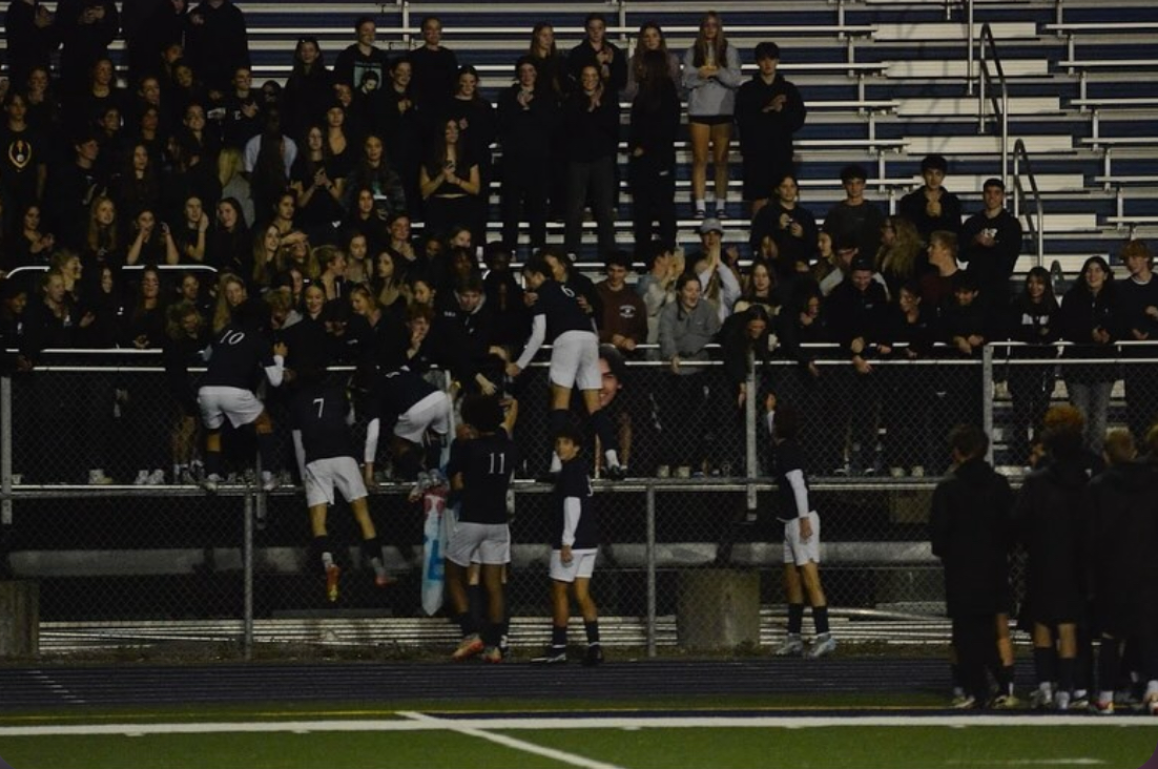In the summer 2024 massive changes happened to the landscape of college sports. 10 of the PAC-12 conference teams made conference changes. Along with those changes, two members from the Big 12 conference also switched conferences. For example, USC, UCLA, University of Oregon, and University of Washington joined the BIG 10 conference. The University of Arizona, the University of Colorado at Boulder, Arizona State University, and the University of Utah joined the BIG 12 conference. UC Berkeley, Stanford University, and Southern Methodist University (SMU) joining the Atlantic Coast Conference (ACC). Then the University of Texas at Austin, and Oklahoma University joined the Southeastern Conference (SEC).
So far, these new conference switches have created new exciting matchups and have increased TV viewership which was one of the main motives for the teams switching conferences. The old PAC 12 universities wanted to get a higher media revenue share according to Craig Meyer from USA Today. As the PAC 12 teams made 580.9 million dollars in media revenue compared to the Big 10 making 845.6 million in media revenue according to Emily Caron from Sportico. So far, about halfway through the first season of the new look conferences, it has seemed to be a success. UofM vs. USC on September 21 drew 6.32 million viewers and Oregon vs. Ohio State drew 10.2 million viewers on October 12, according to Jon Lewis from Sports Media Watch. Both were the highest-viewed games of Week four and both were matchups made from conference changes. And there are many anticipated matchups, including UofM vs. Oregon, Texas A&M vs. UT-Austin, Alabama vs. Oklahoma, Penn State vs. Washington, and many more matchups.
However, recent changes have created many logistical challenges for players and fans alike. Fans have to travel great distances to see their team play, as well as teams have to travel much farther than they previously had to. USC had to travel 2,768 miles to play at Rutgers which is equivalent to a 5 hour and 25 minute flight. Cal Berkeley had to travel to Florida State which is a 2,548 mile trip or a 5 hour flight. It has also changed the viewer experience for fans, as some teams are now playing much tougher opponents.
Diehard Michigan State fan sophomore Noah Katkowsky thinks that playing the old PAC 12 teams more often is different than playing the normal Big ten teams, saying, “It’s more difficult to win, but it’s important to have our young guys play good teams for practice for future years.”
Katkowsky also talked about how excited he is to watch other Big Ten matchups, “It has been very fun to watch other good matchups, for example, Ohio State vs. Oregon or even Georgia vs. Texas in the SEC, as it’s just good for college football.”
On the same hand, Michigan fan sophomore Parker Rost also points out how he thinks it’s good for Michigan football. Rost explains, “I think it has helped build our team up for tougher opponents in the season, including Ohio State and other non-conference opponents in the upcoming seasons.”
Some argue that the new conference changes will ruin traditional rivalries Sophomore Jack Fouts says, “It’s fun to see some cool new matchups, but it has ruined the tradition of college football. For example, the Big Ten has always been in the Midwest and not on the west coast. And there is no way it will be good for the athletes to do all of this traveling cross country.” All in all, these conference switches have proved some positives and some negatives thus far. These changes will forever change the landscape of college football in many ways. The negatives which people can argue, is that is has ruined some of the tradition of college football. But some positives people can argue, is that it has created fun and exciting matchups that will benefit college football.
Oregon, Texas, and SMU have all been playing outstanding so far in their new conferences as they have a combined conference record of 9-1. On the other hand Washington, USC, UCLA, Oklahoma, Cal, and Stanford all have been struggling with their new conference foes having a conference record of 6-20. Only time will tell if any more conference changes will happen, but for now, these new teams in new places should make this college football season very exciting!








